![]()
Dkr. 7.500,- Ortofon Reference Black RCA cable - https://www.ortofon.com/reference-black-p-722
Latest update 7 June 2023
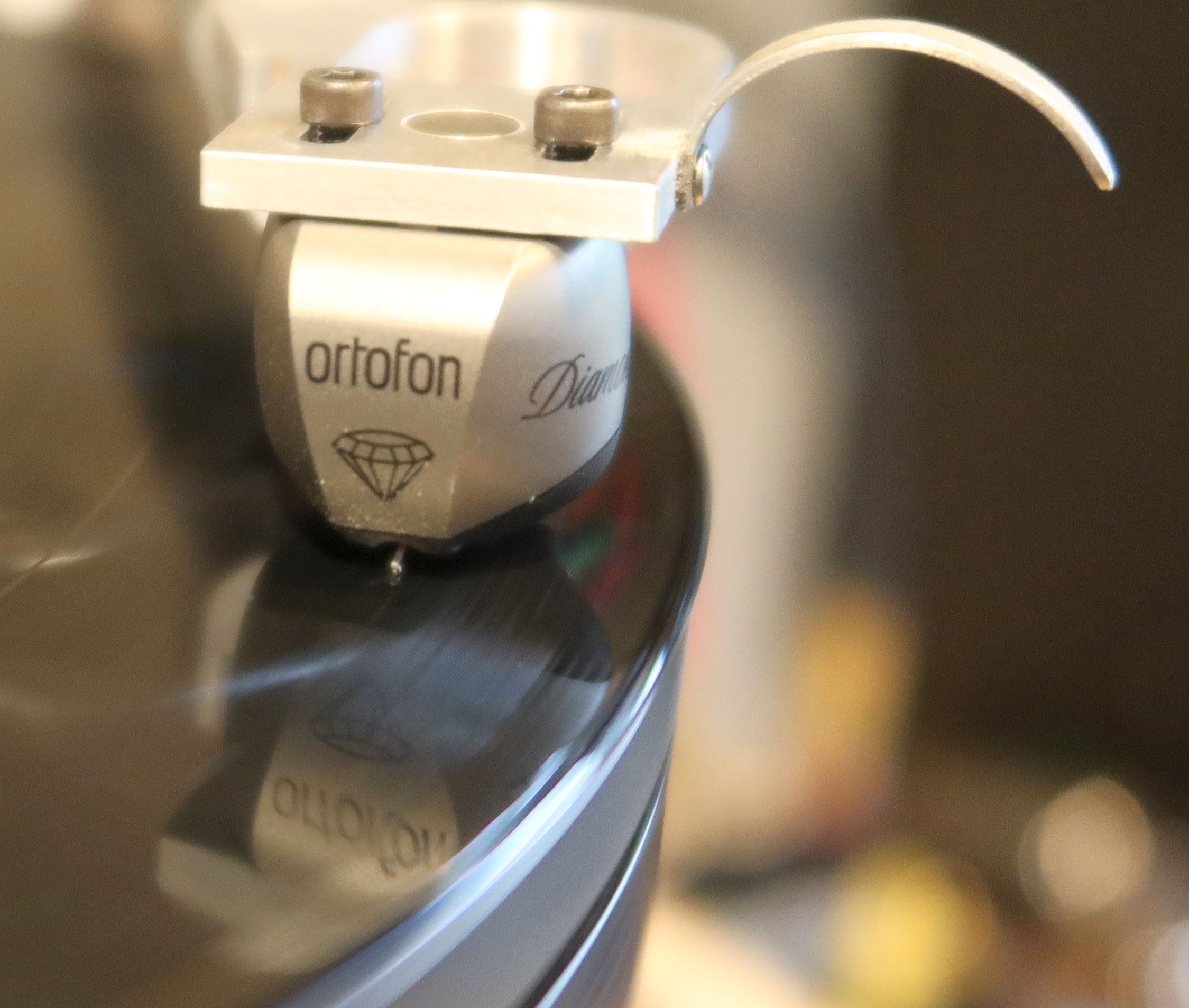
It was with great excitement that I
received Ortofon's newest top cartridge the MC Diamond. But before we get to that, a little
history.
I have followed Ortofon for many
years and can look back at some of the MC pickups I have become
acquainted with. In
my
collection there is of course an SPU (Gold) bought after my visit to
Ortofon back in the 90s, where I also met Robert Gudmandsen often
called Mr. SPU. Since then there were all the new
MC types, such as the MC20, MC30 and their successors. Since the MC 3000, 5000 and 7500
and not forgetting the Anniversay 70. All super good pickups. Only recently sold my MC 5000,
which otherwise played excellently. Then
there was Rohman and MC Windfeld, who I reviewed for HIGH Fidelity
"clear as a summer day after rain", was my description. In the slightly more affordable
price range there was the Rondo Bronze, which served me well for a
few years. Several
of the newer ones like MC95, Anna and Verismo, I have only heard at
demos or at exhibitions.
Ortofon's own SUT ST
80 SE has a gain of 27 dB. This
corresponds to a turnover of 1:22.5. Resulting
load seen from the cartridge with 47 kohm on the subsequent
phonoamp is approx. 93 ohm. This
corresponds very well to the recommended 100 ohms for the MC Diamond. Elsewhere I have seen more than 10
ohms. It
sounds more like the old Ortofon pickups.
I initially chose to use my Tona T 20/40. Here the choice is either 26 dB or 32 dB gain. Similarly, the pickup will look into 116 or 29 ohms. I chose the 32 dB gain. Also tried setting my RIAA to 100 kohm. This gives a more suitable load of about 63 ohms. With 6 ohm generator impedance it fits nicely with the rule of thumb that says 10 times the generator impedance. In the end, of course, we had to listen to whether it was appropriate. In this coupling there are approx. 8 mV out to phono amplifier, which is more than enough.
Diamond is music's best friend!
The first time I encountered a diamond cantilever was the small Karat cartridges from Dynavector. That was back in the 80ies, but they still exist. A few others have made diamond cantilevers, e.g. Japanese Final and more recently Audio Technica, Ikeda, Koetsu and DS Audio. Ortofon has used diamond in several of their new cartridges, such as Verismo, Anna Diamond and now MC Diamond.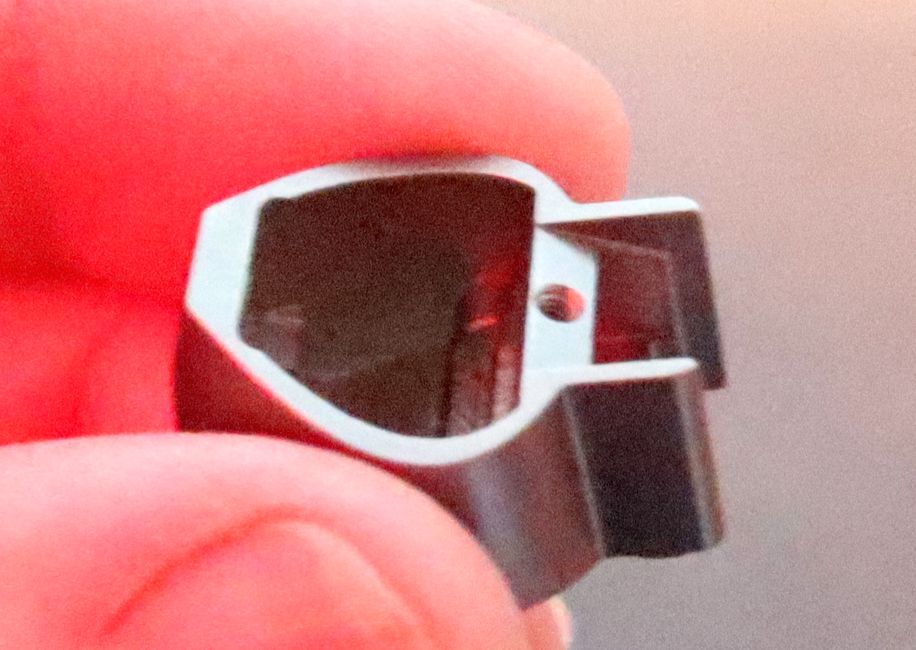 You
usually see cantilevers made of aluminum or, in the better
pickups, boron (boron). In
other
words, hard materials that can guide the record's groove
fluctuation from the needle up through the needle tab, without the
latter flexing and thus coloring the sound. The best material for this purpose is
diamond. The
problem, however, is often attaching even the stylustip to the
diamond rod. A
few manufacturers have managed to make stylus and
cantilever in one piece of diamond. At Ortofon, it is done by drilling a
small hole with a laser and precision gluing the diamond stylus itself
into the cantilever. Not
all manufacturers are capable of this piece of art..
You
usually see cantilevers made of aluminum or, in the better
pickups, boron (boron). In
other
words, hard materials that can guide the record's groove
fluctuation from the needle up through the needle tab, without the
latter flexing and thus coloring the sound. The best material for this purpose is
diamond. The
problem, however, is often attaching even the stylustip to the
diamond rod. A
few manufacturers have managed to make stylus and
cantilever in one piece of diamond. At Ortofon, it is done by drilling a
small hole with a laser and precision gluing the diamond stylus itself
into the cantilever. Not
all manufacturers are capable of this piece of art..
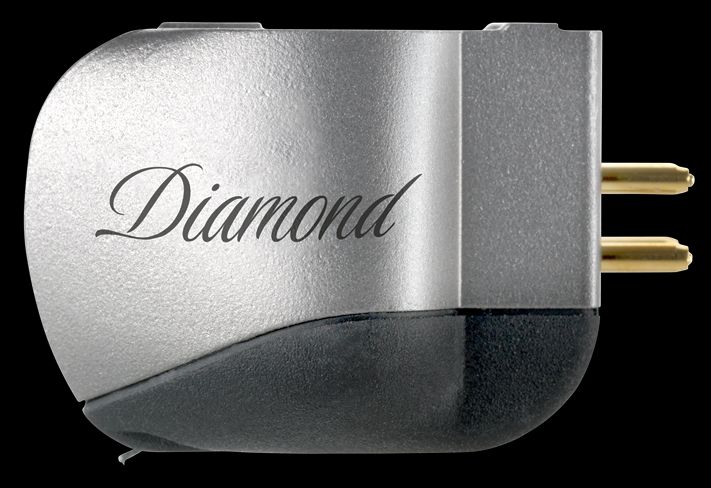 The
moving
system is suspended in what Ortofon calls a "Wide Range Damping
System" (WRD) with small heavy platinum discs in a sandwich
construction between two rubber absorbers, each with their own
characteristics. This
contributes to optimal tracking and also provides optimal internal
damping. The
new
rubber damper is based on Multi Wall Carbon Nano Tubes (MWCNT),
which provide just the desired properties for compliance and damping.
The
moving
system is suspended in what Ortofon calls a "Wide Range Damping
System" (WRD) with small heavy platinum discs in a sandwich
construction between two rubber absorbers, each with their own
characteristics. This
contributes to optimal tracking and also provides optimal internal
damping. The
new
rubber damper is based on Multi Wall Carbon Nano Tubes (MWCNT),
which provide just the desired properties for compliance and damping.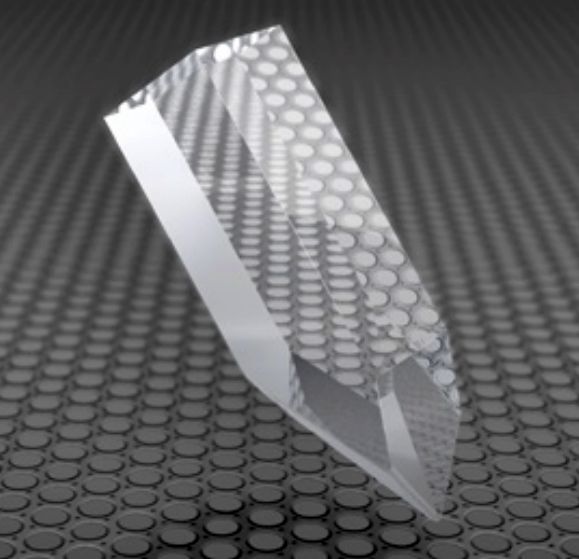 The
stylus itself is, of course, with Ortofon's Replicant
100 sharpening. A
stylus type with a very "tall" but narrow contact surface. I have come across it before in the
Winfeld pickup. My
experience
says that it is a very quiet type that scans the
groove without undue focus on any noise or dirt. Ortofon can then also allow
themselves to recommend a slightly higher tracking force compared
to what you see otherwise. 2.6
grams seems high, but the force is distributed over a larger
contact surface, so it's perfectly fine.
The
stylus itself is, of course, with Ortofon's Replicant
100 sharpening. A
stylus type with a very "tall" but narrow contact surface. I have come across it before in the
Winfeld pickup. My
experience
says that it is a very quiet type that scans the
groove without undue focus on any noise or dirt. Ortofon can then also allow
themselves to recommend a slightly higher tracking force compared
to what you see otherwise. 2.6
grams seems high, but the force is distributed over a larger
contact surface, so it's perfectly fine.
The supplied needle guard is easy to access. It simply clicks into place and works well.
Specifications
Output
level at 1 kHz, 5cm/sec. ľ
0.2 mV (immediately it seems a little lower)
Channel
balance at 1 kHz ľ 0.5 dB
Channel
separation at 1 kHz - 25 dB I measured 32 dB, see below)
Channel
separation at 15 kHz - 20 dB
Frequency
range - 20 Hz-20 kHz +/- 2 dB
Tracking
ability - at 315 Hz and 2.6 grams tracking force - 80 Ám
Compliance,
dynamic, lateral - 11 Ám/mN
Needle
type - polished naked Ortofon Replicant 100 on diamond cantilever.
Contact
surface of the stylustip - r/R 5/100 Ám
Tracking
force - 2.5-2.8 g (25-28 mN)
Recommended
tracking force - 2.6 g (26 mN)
Tracking
angle - 23░
Internal
resistance - 6 ohm
Recommended
load > 10 ohm
Coil
material - Ultra pure oxygen-free copper
The
body is made of SLM titanium
Color
- silver/black
Weight
- 17.5 g
The introductory exercises
The
MC Diamond was initially mounted in an Ortofon Reference
headshell. Already
from the first few notes, it is clear that the MC Diamond is an
excellent pickup. . It is also a pickup with temperament
and energy. In
other words "it must be tamed". There
was
some experimentation with load and which arm it should run in. The
first test was in my Dynavector DV 507 and directly in the MC input of
my RIAA. Low
output, but it was managed by turning up a little more than 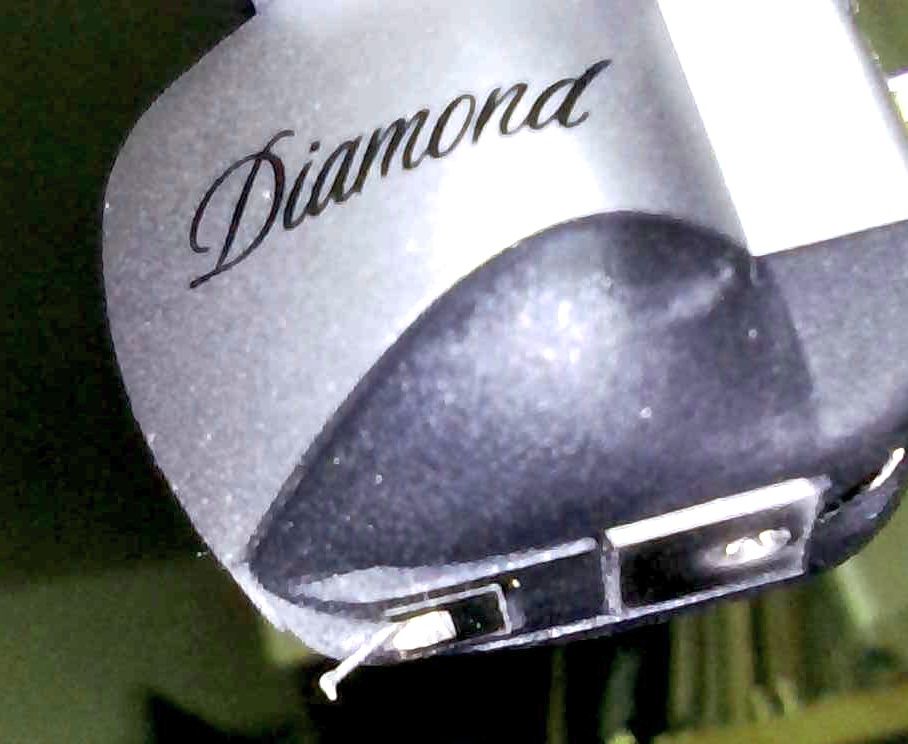 usual. With 50 ohm load the result was
reasonable. Then
onto my Glanz MH 124's arm. Here
I used an Ikeda IST 201SUT. Definitely
far more body and dynamics. A
much more impressive and firm reproduction. Seems like MC Diamond is best loaded
via a transformer. Next
was then, as described above, via my Tona T20/40 SUT. Still in the Glanz arm. In
the position 1:20 there was naturally the same output as via the
Ikeda transformer, but somewhat more sober and in a way also more
naked. Then
switched to 1:40 turnover and there was clearly more power and
coherence, Still
a
slightly different sound than via the Ikeda transformer, which has
the ability to smooth things out a bit and make things tastier and
easier to digest. In the end, I preferred the sound via
the IST 201, so the following listening impressions are in that
constellation.
usual. With 50 ohm load the result was
reasonable. Then
onto my Glanz MH 124's arm. Here
I used an Ikeda IST 201SUT. Definitely
far more body and dynamics. A
much more impressive and firm reproduction. Seems like MC Diamond is best loaded
via a transformer. Next
was then, as described above, via my Tona T20/40 SUT. Still in the Glanz arm. In
the position 1:20 there was naturally the same output as via the
Ikeda transformer, but somewhat more sober and in a way also more
naked. Then
switched to 1:40 turnover and there was clearly more power and
coherence, Still
a
slightly different sound than via the Ikeda transformer, which has
the ability to smooth things out a bit and make things tastier and
easier to digest. In the end, I preferred the sound via
the IST 201, so the following listening impressions are in that
constellation.
Yes,
there are differences in high-end cartridges in the same way that
we experience differences in speakers. With
the MC Diamond, you won't find a sound like hot chocolate and a laid
back easy forgiving sound, that makes everything sound pleasant. No - MC Diamond is more raw and
unsweetened. You
hear what's in the grooves. Lots
of details - sometimes even some you don't want. Here it is important that the good
things on a good recording are emphasized and you are almost blown
away. "Is
there really that much information in my old records?". On
the other hand, not everything becomes pleasant when less good
recordings are blown up in format and all the unodes are exposed. The overall result is of course
highly dependent on the connected equipment. Especially the RIAA and SUT are
important.
Everything described above is with MC Diamond in the heavy Glanz MH124s arm. I then moved the cartridge to my Triplanr MIK IVi. It has a VdH cable that runs to the Tona MC20/40 transformer. In other words, another constellation. Yes, there is a difference. Tonally, it all becomes a bit more laid back. Not quite as tight at the bottom, but still with details and firmness. Upwards, a little more calm came over the top. Probably mainly due to cable and transformer. There is not quite the 100% naked and very revealing rendering. You can say that there was some necessary warmth and fullness in thos combination. Not a huge difference, but still audible. In some areas I preferred the sound via the Triplanar combination, but I also missed a bit of the crispness and solidity that was via the Glanz arm. In any case, MC Diamond was now firmly seated in the Triplanar arm. Especially because after a few hours of adjustment there were small ,oracŠes in the resulting sound! .
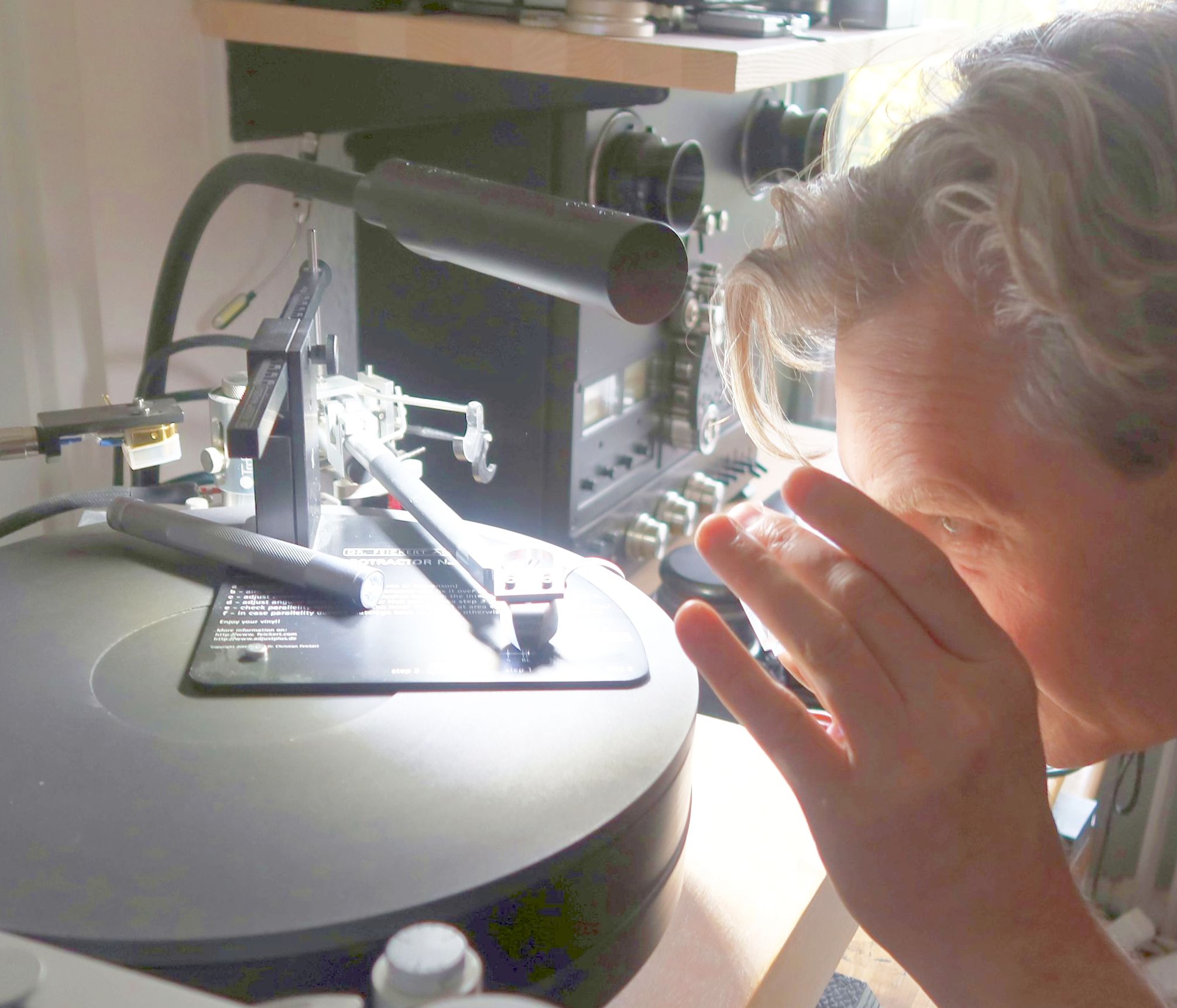 |
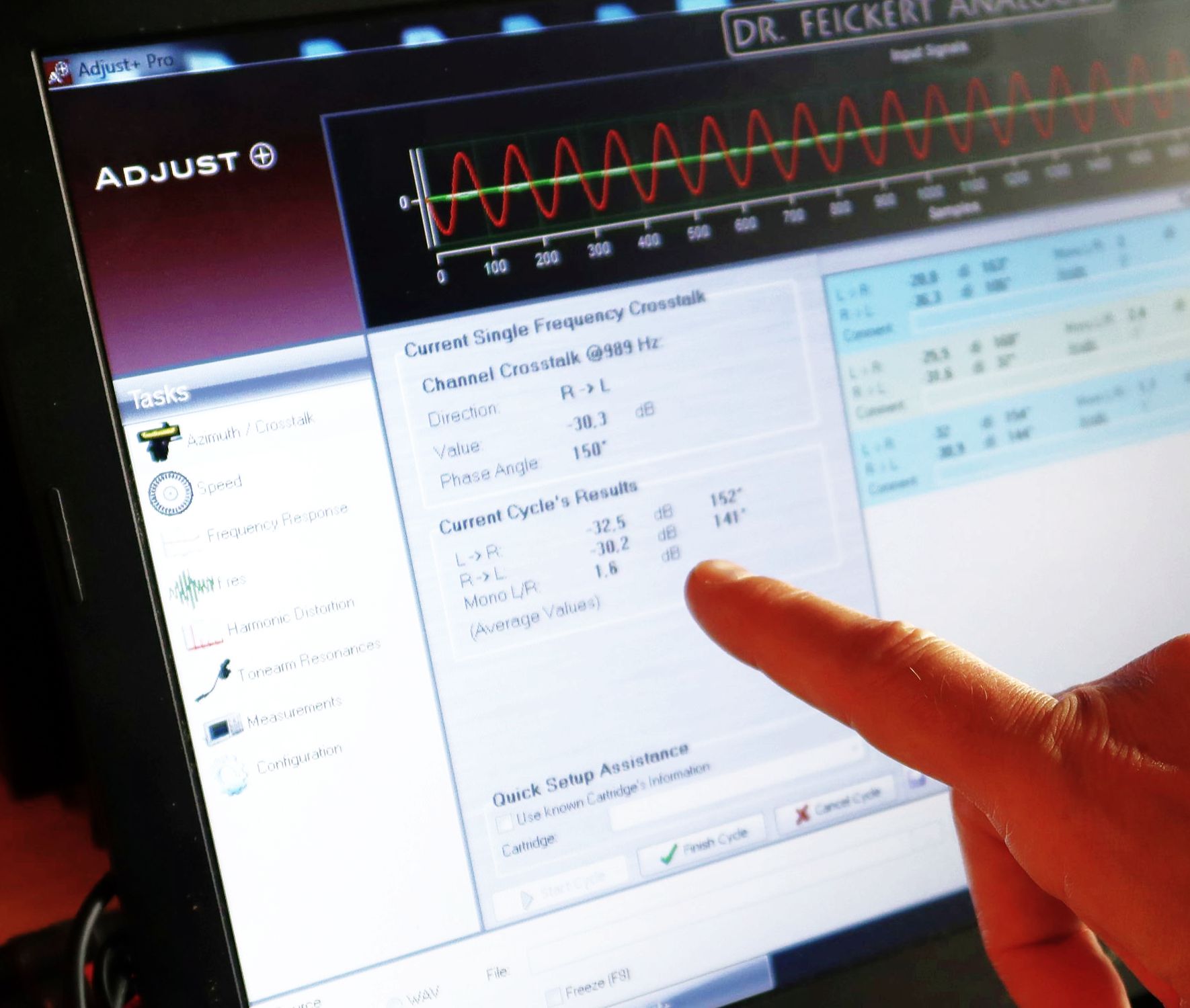 |
My friend Asger spent almost three hours optimizing the setup in the Triplanar arm. Overhang and Azimuth were adjusted. The latter via the Feickert Pro PC spftware. It was a longer process. The adjustments are like a pendulum. You swing back and forth above the optimum and the adjustments are very small.. Even here where Triplanar has small pinole screws intended for this, it requires a lot of patience. Asger managed to get the phase difference between the two channels down to approx. 6 degrees. At the same time, the channel separation was measured at 32 dB. Actually better than what Ortofon states! We could not measure distortion and other parameters, but in terms of sound there was no doubt. Much bigger and wider soundstage. Depth and detail were definitely improved as well. For the rest of the review the MC Diamond remained in the Triplanar arm where it benefited from the far more optimal adjustment.
Music
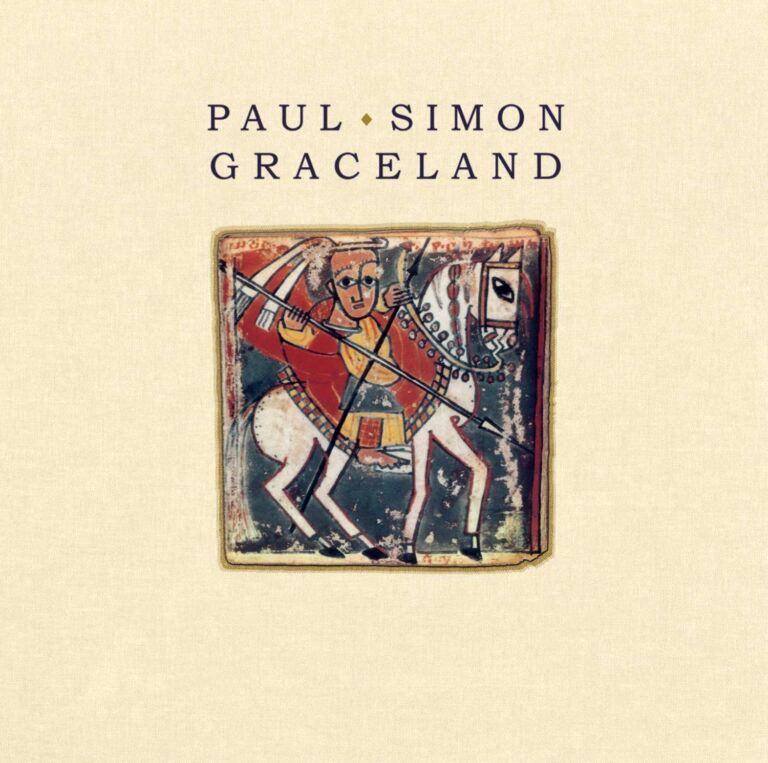 It
would be obvious to play Neil Diamond, but I don't have any of his
records- I
do have a thing for Paul Simon though. So forward with "Graceland" and the
stylus down in the track "Diamonds on the Soles of her Shoes". It must be just right for an MC
Diamond? Yes,
absolutely! I
have heard this record many times. But it
does not bear the mark of that. Especially
not with Ortofon's Replicant sylus in the groove. Definitely one of the quietest I've
experienced. The
cartridge delivers an open, large listening window with lots of attack
and dynamics. There
are almost small explosions when the piano touch or the rimshot of the
drums comes out of the speaker. At
the same time, the sound is clearly a lot slimmer and more present
than I'm used to. It's
all smooth and straight, with a quieter background. It is thus quickly revealed that MC
Diamond adds nothing.
It
would be obvious to play Neil Diamond, but I don't have any of his
records- I
do have a thing for Paul Simon though. So forward with "Graceland" and the
stylus down in the track "Diamonds on the Soles of her Shoes". It must be just right for an MC
Diamond? Yes,
absolutely! I
have heard this record many times. But it
does not bear the mark of that. Especially
not with Ortofon's Replicant sylus in the groove. Definitely one of the quietest I've
experienced. The
cartridge delivers an open, large listening window with lots of attack
and dynamics. There
are almost small explosions when the piano touch or the rimshot of the
drums comes out of the speaker. At
the same time, the sound is clearly a lot slimmer and more present
than I'm used to. It's
all smooth and straight, with a quieter background. It is thus quickly revealed that MC
Diamond adds nothing.
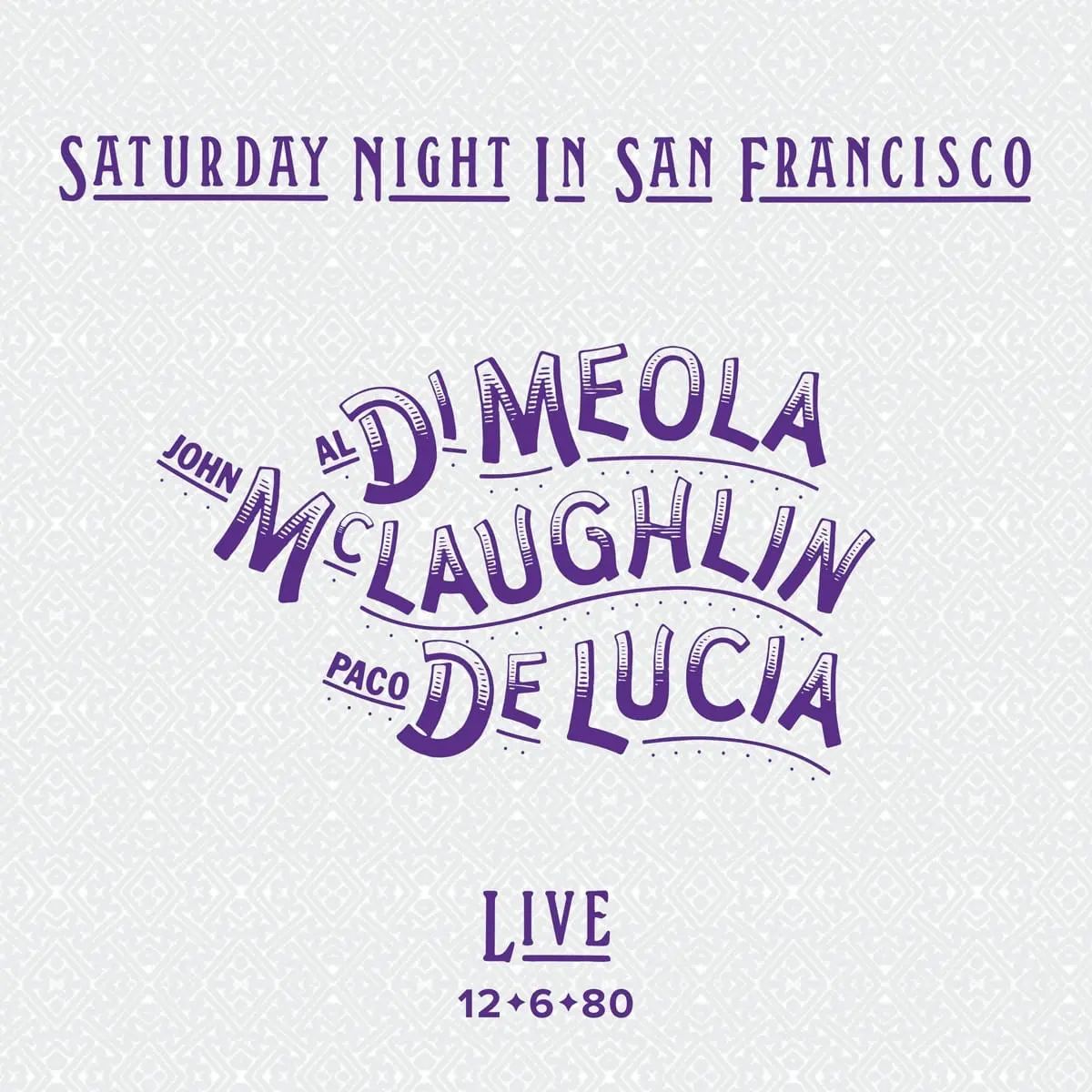 At
the
HIGHEND in Munich, a lot was played from the new record with
"DeMeola, Mclaughlin and DeLucia" Friday night in SanFransisco. A very magnificent recording with a
large space and a clear insight into the musical performance. It sounds like a magnifying glass on
the details and definitely a fantastic dynamic and an almost physical
presence. There
is just a special crispness and an attack on the guitar strings, so
you can only be impressed. On
this record, it is above all the upper octaves and the dynamics that
stand out distinctly and with precision. A rendition that is absolutely
addictive.
At
the
HIGHEND in Munich, a lot was played from the new record with
"DeMeola, Mclaughlin and DeLucia" Friday night in SanFransisco. A very magnificent recording with a
large space and a clear insight into the musical performance. It sounds like a magnifying glass on
the details and definitely a fantastic dynamic and an almost physical
presence. There
is just a special crispness and an attack on the guitar strings, so
you can only be impressed. On
this record, it is above all the upper octaves and the dynamics that
stand out distinctly and with precision. A rendition that is absolutely
addictive.
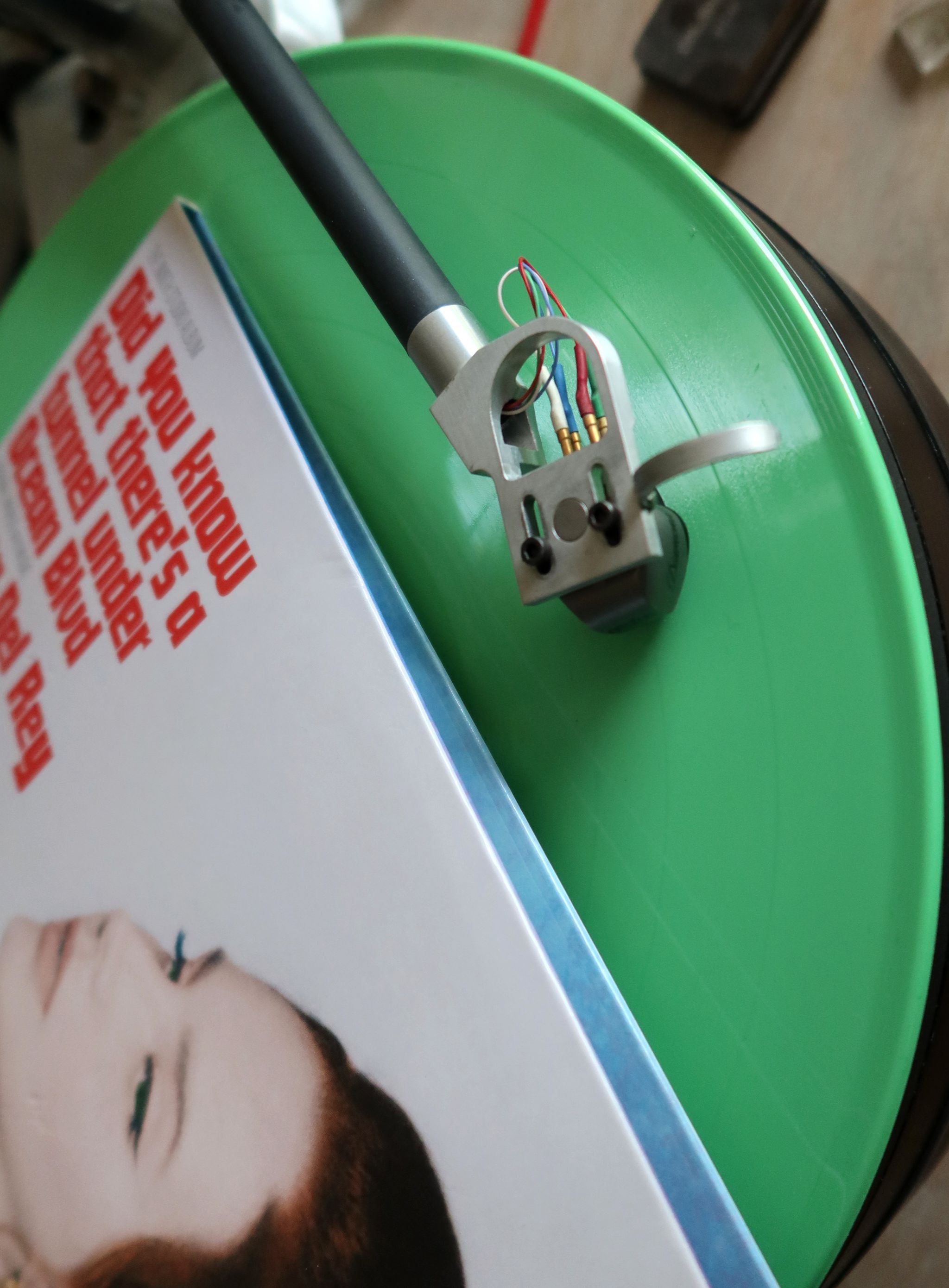
A more recent record is the latest release from Lana del Ray "..Did you know that there's a Tunnel under Oceal Boulevard". Typically nicely produced, but in my opinion not musically as good as her previous records. The fact that the record is also mint green does not exactly make it better. However,they have chosen to put the music on two records, so there is something good here. If nothing else, disc two is far better. Here you will also find a few tracks with a violent bottom. But otherwise it is the vocalist and the great soundscape that characterize this record. Something that will show you whether your speakers and the cartridge are able to distinguish details and present the music freely in your room. If done correctly, there is good depth in the sound image. Yes, there is not much to complain about. MC Diamond is able to separate the many layers in the music. It is not exactly correct acoustics, rather added effects. However, it can also sound nice and it definitely does here.
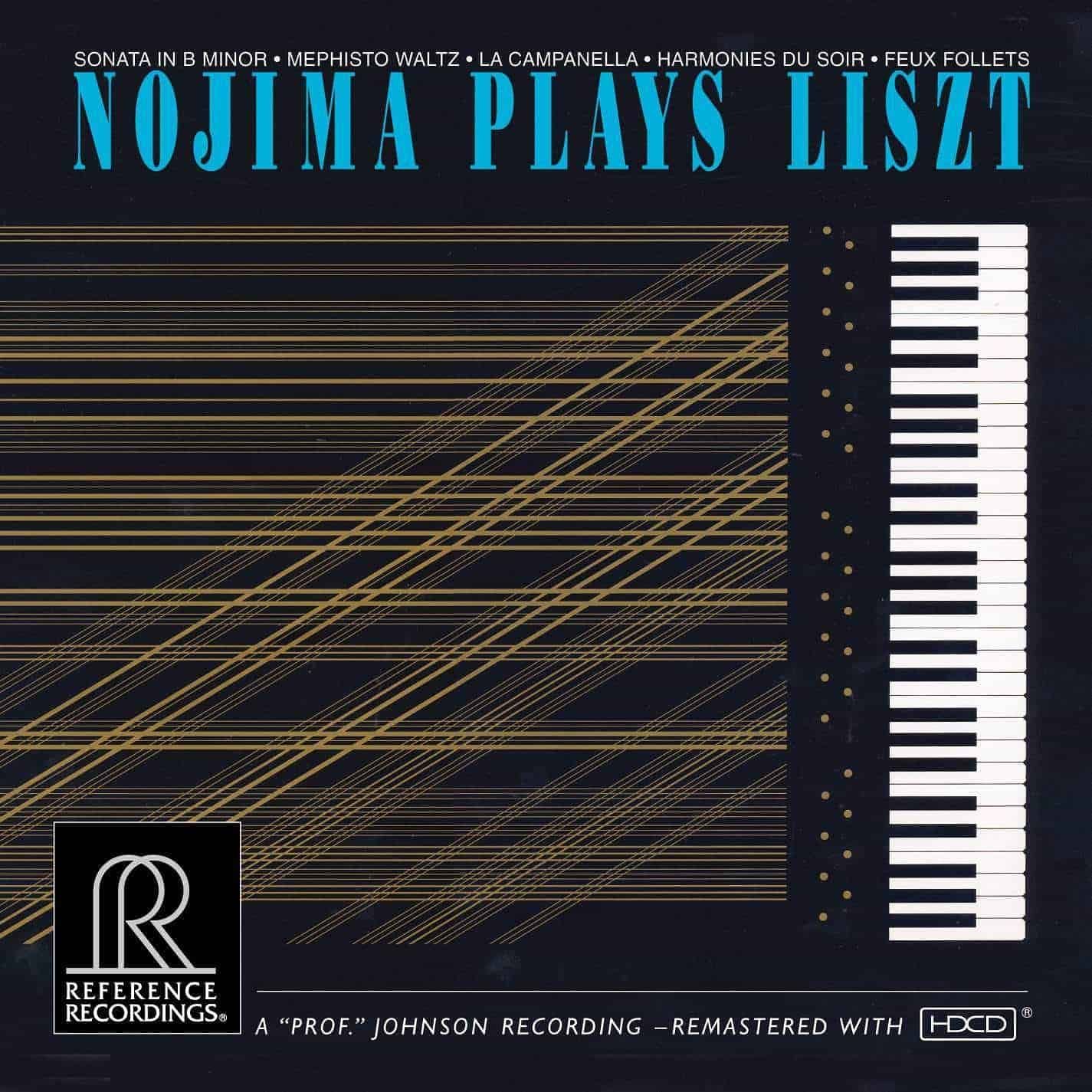
When it has to be piano, where both music, recording and the artistic performance come together in a higher unity, this is the record I choose. A Reference Recording recording, where music, dynamics and atmosphere are top notch. Nojima manages to get the grand piano to vibrate and sing. The attacks come like small cannonballs and his speed and balance are impressive to say the least. Here, Ortofon Diamond is settled on home turf. Attack and decay are razor sharp. Lots of air, control and dynamic details. It's a total experience where it's difficult to take the record off again. Absolutely approved.
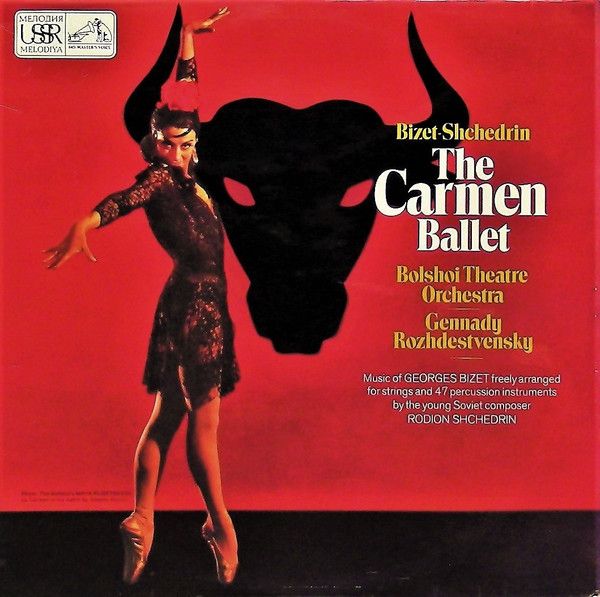
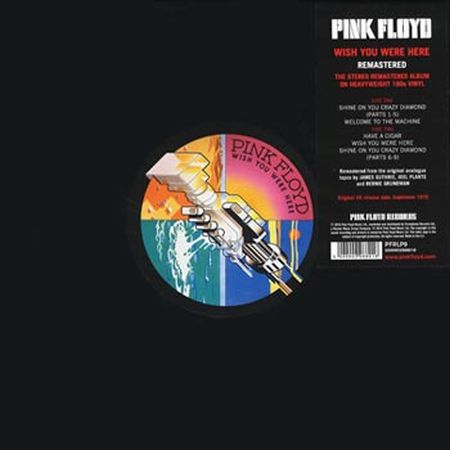 After
a short month, I have fallen for the special Ortofon sound. It is crisp, lively, absolutely
revealing and on point. In
a way, however, it must be under control, tamed a little. It
is not a cartrodge that just plays out of the box. It is very
different from my other top cartriges or other cartridges I
have reviewed. Several
of them in the same pricerange, but with a somewhat different sound
philosophy.
After
a short month, I have fallen for the special Ortofon sound. It is crisp, lively, absolutely
revealing and on point. In
a way, however, it must be under control, tamed a little. It
is not a cartrodge that just plays out of the box. It is very
different from my other top cartriges or other cartridges I
have reviewed. Several
of them in the same pricerange, but with a somewhat different sound
philosophy.Now MC Diamond goes on to my friend Asger, who has to try it with completely different equipment. A follow-up review will follow shortly.